For a century, the word robot has worn a mechanical mask that hides a more human, grittier origin. It didn’t start in laboratories or on factory floors; it came from a Slavic word tied to forced labor, the kind no one volunteered for. The modern metal-and-code meaning is a late arrival, a twist that turned an old burden into a futuristic promise. Understanding that twist changes how we talk about machines, how we imagine our own work, and what we expect from automation next. Here’s the surprising story hiding in plain sight – a linguistic time capsule with nuts-and-bolts consequences.
The Hidden Clues

What if the most futuristic word in your vocabulary is actually a ghost from feudal fields? The trail leads to a Slavic root – robota – that pointed to compulsory work, the kind peasants owed their lords in the past. Those syllables carried the weight of duty, drudgery, and a lack of choice, not chrome and circuit boards. Long before factories hummed, the word’s ancestors echoed in villages, courts, and ledgers where labor was taxed out of people’s lives.
I remember learning this the awkward way in a Prague gallery when my cheerful “row-bot” drew a polite wince. The curator explained that in Czech, robot lands with two short o sounds, closer to “ro-bot,” and with a plainspoken punch. It felt less like a gadget and more like a job description that no one asked for. Once you hear it, you can’t un-hear the history inside the word.
From Stage to Silicon: How a Czech Play Rewired a Word
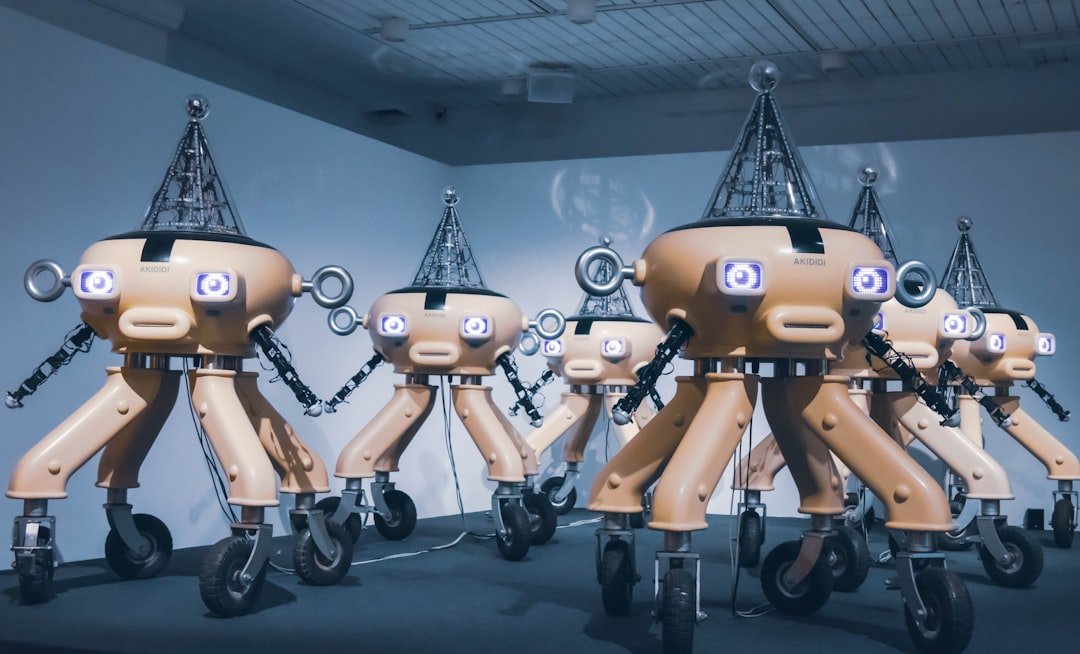
In the early nineteen-twenties, a Czech stage play took that old burden and turned it on a hinge. The drama imagined artificial workers – biologically made, not metal – built to do humanity’s hard tasks. The audience recognized the pun: workers without rights, labor without bargaining, efficiency without a heartbeat. The name stuck because it was sharp, a cultural shorthand for labor stripped down to output.
Decade by decade, engineers and writers bent the meaning toward electronics and code. The shift was slow at first and then sudden, as wartime automation, industrial robotics, and computing gave the word hardware to wear. By the late twentieth century, robot had fully crossed the bridge from feudal chore to programmable agent. Language did what it always does – follow the action.
What We’ve Been Mispronouncing (and Why It Matters)
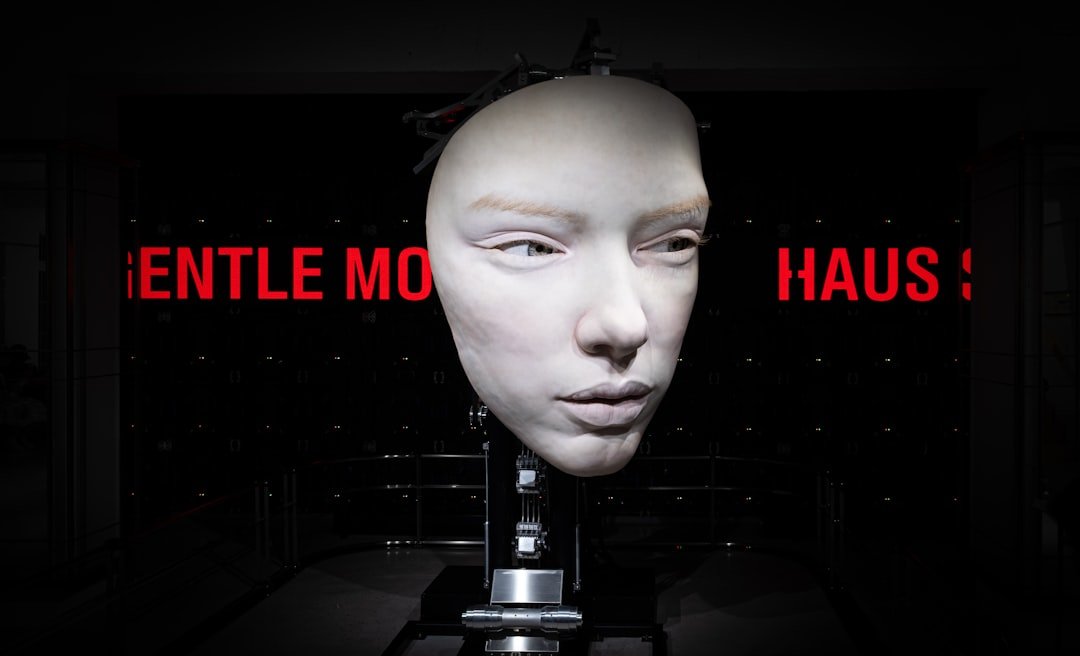
English speakers often say “row-bot,” stretching that first syllable like a boat sliding off a dock. In Czech and several Slavic tongues, both vowels are short and steady, and the stress doesn’t lean dramatically; it’s compact, brisk, and workmanlike. The sound aligns with the meaning’s original spine: labor that’s blunt rather than glamorous. Pronunciation won’t turn your dishwasher into a philosopher, but it does point to the story we think we’re telling.
Get the sound closer to its roots and the narrative shifts – less sparkle, more sweat. That tiny adjustment helps us remember what automation replaces and what it risks erasing. Words shape expectations the way rails guide a train; a small bend early on can send us to a different station. In robotics ethics, that matters more than you might think.
From Ancient Tools to Modern Science
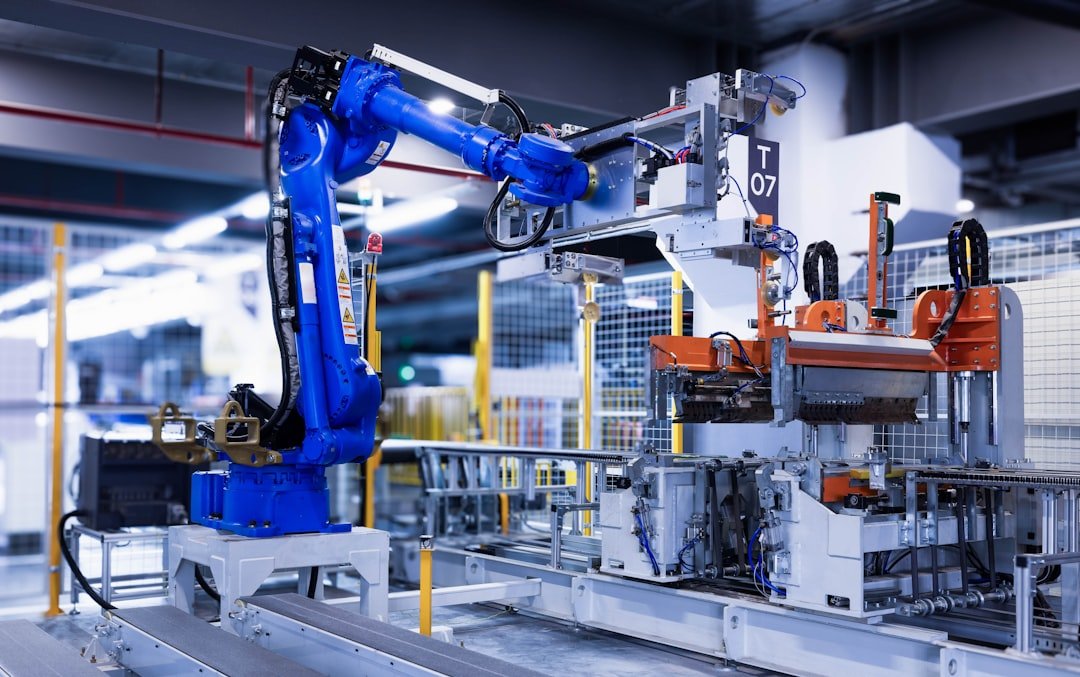
Humanity has always chased extra hands, from pulleys and waterwheels to the programmable looms that predated digital chips. The difference today is that robots combine precise sensing, adaptive control, and decision layers that mimic fragments of judgment. Sensors feed algorithms; algorithms change behavior; behavior loops back as new data. It’s a tidy staircase that climbs toward autonomy.
Lab prototypes learn to grasp soft fruit without bruising it, navigate cluttered homes, or assemble electronics smaller than a fingernail. Meanwhile, industrial arms weld with near-perfect repeatability across long shifts where humans fatigue. The line between tool and teammate blurs most in hospitals, warehouses, farms, and disaster zones. If older tools amplified muscle, modern robots amplify attention.
The Hidden Economics of a Word
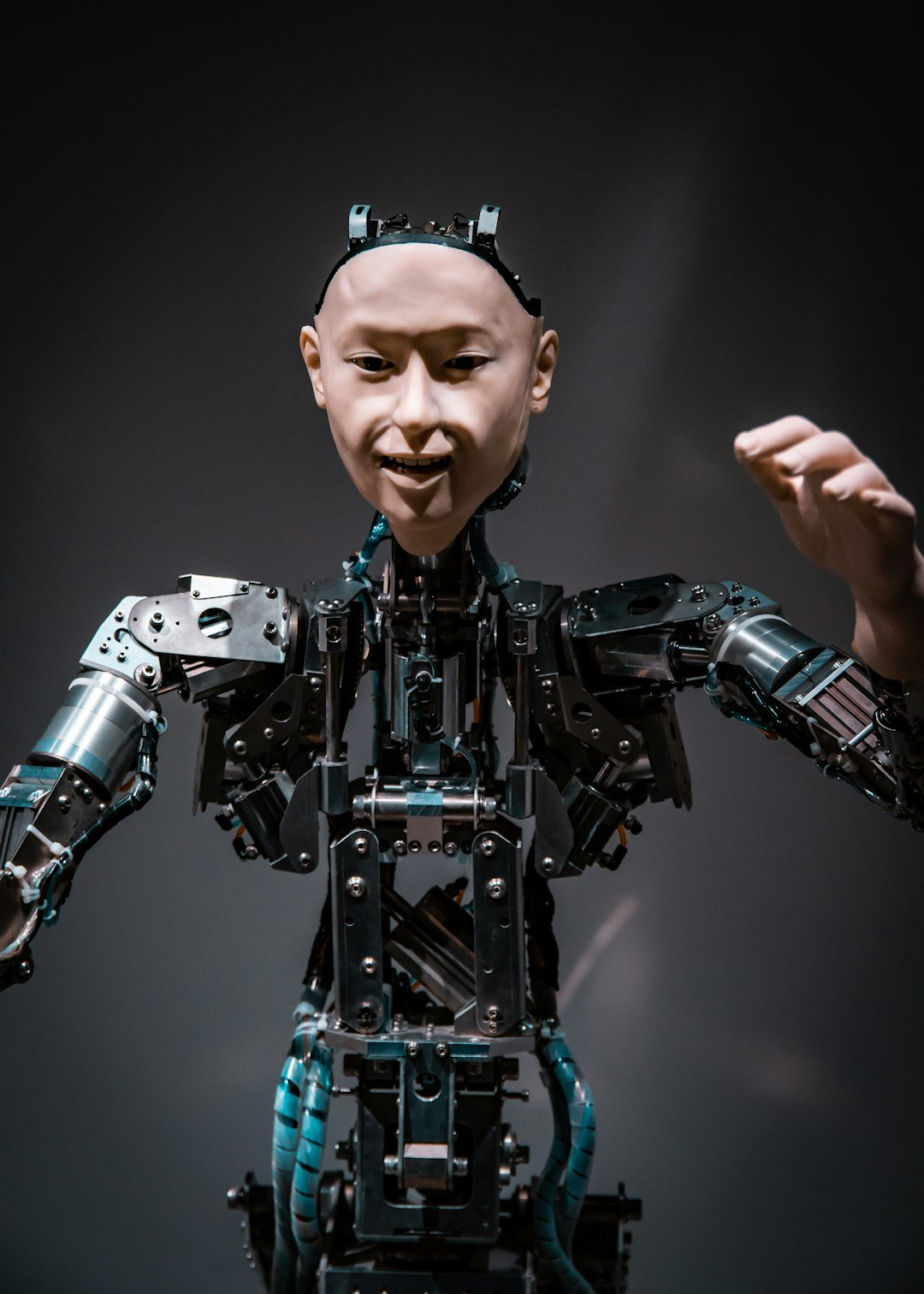
Because robot began as compelled work, the term naturally invites questions about power and consent. When a warehouse speeds up after installing fleets of mobile bots, human rhythms often shift to match the machine’s pace. That can be liberating or punishing depending on how the workflow is designed and who shares the gains. The original meaning whispers a reminder: efficient output is not the same as dignified labor.
There’s also the distribution puzzle – who owns the code, the data, and the improved margins. When productivity jumps, some companies reinvest in training and safety; others chase short-term savings. The word’s ancestry nudges us to ask for transparency, not just performance charts. A responsible future starts by reading the label on the word we use.
Global Perspectives
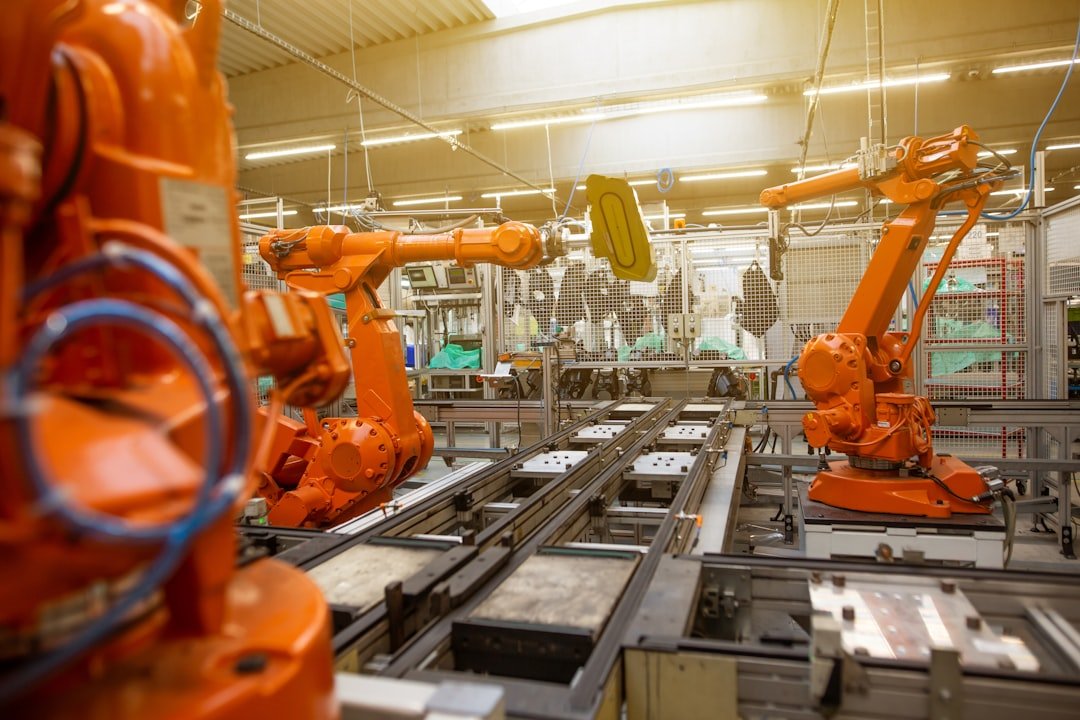
Across Slavic languages, cousins of robota still mean ordinary work, not metal workers. In Polish, “robota” is simply labor; in Russian and Bulgarian, related words point to jobs and tasks; in Czech history, “robota” was the corvée that bound peasants to fields. The family resemblance is too strong to miss – the word is about toil before it’s about technology. English borrowed the sound, then reassigned the job description.
This isn’t the only cross-border makeover. Consider how “android” wandered from mythic human-forms into silicon realities, or how “automaton” lost its clockwork rattle and gained software. Languages remix technology the way chefs remix recipes – keeping the bones, swapping the spices. When we compare notes across borders, nuance returns to the conversation.
– In many Slavic contexts today, the root still signals human labor rather than machines.
– English usage now defaults to machines first, labor second, ethics somewhere in the middle.
– Bridging those meanings improves policy debates about automation, safety, and jobs.
Why It Matters

Words set the frame, and frames set the questions we think to ask. If robot is only a shiny helper, we might overlook safety standards, accountability, and the humans whose pace is being recalibrated. If robot carries its older weight, we ask tougher things about oversight, fair scheduling, and how to measure benefit beyond output. That doesn’t slow innovation; it aims it.
Traditional conversations about automation often start with efficiency and cost curves. A better conversation begins with dignity and design: who’s in the loop, who can pause the system, and how failure modes are handled. The Slavic root isn’t trivia; it’s a prompt to design for consent, not just control. Better questions now mean fewer regrets later.
The Future Landscape
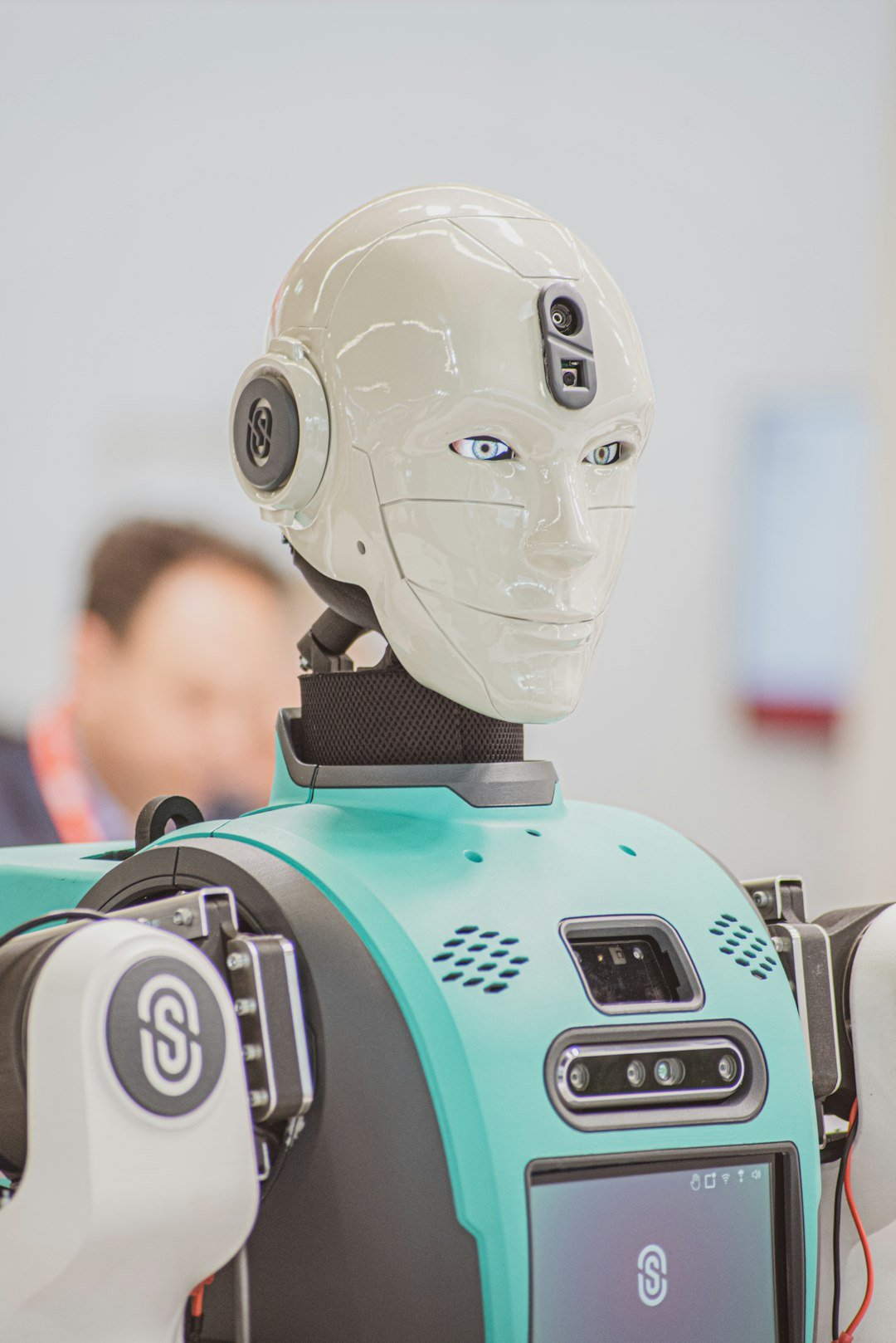
Over the next decade, robots will likely move from fenced factory cells to everyday spaces where people stand inches away. Expect collaborative arms that learn preferences, home assistants that understand routines, and agricultural platforms that target pests plant by plant. The pivotal challenge isn’t raw capability; it’s trust built through predictable behavior, transparent limits, and graceful failure. Black boxes don’t win long-term acceptance.
On the technical side, researchers are blending tactile sensing with fast control loops so grippers can feel as well as see. Battery density, edge computing, and safer actuators will open doors in eldercare and rehabilitation. Policymakers will wrestle with liability when autonomous systems act on their own routines. The public conversation will work best when it remembers the word’s roots and insists on human-centered outcomes.
From Myth to Marketplace
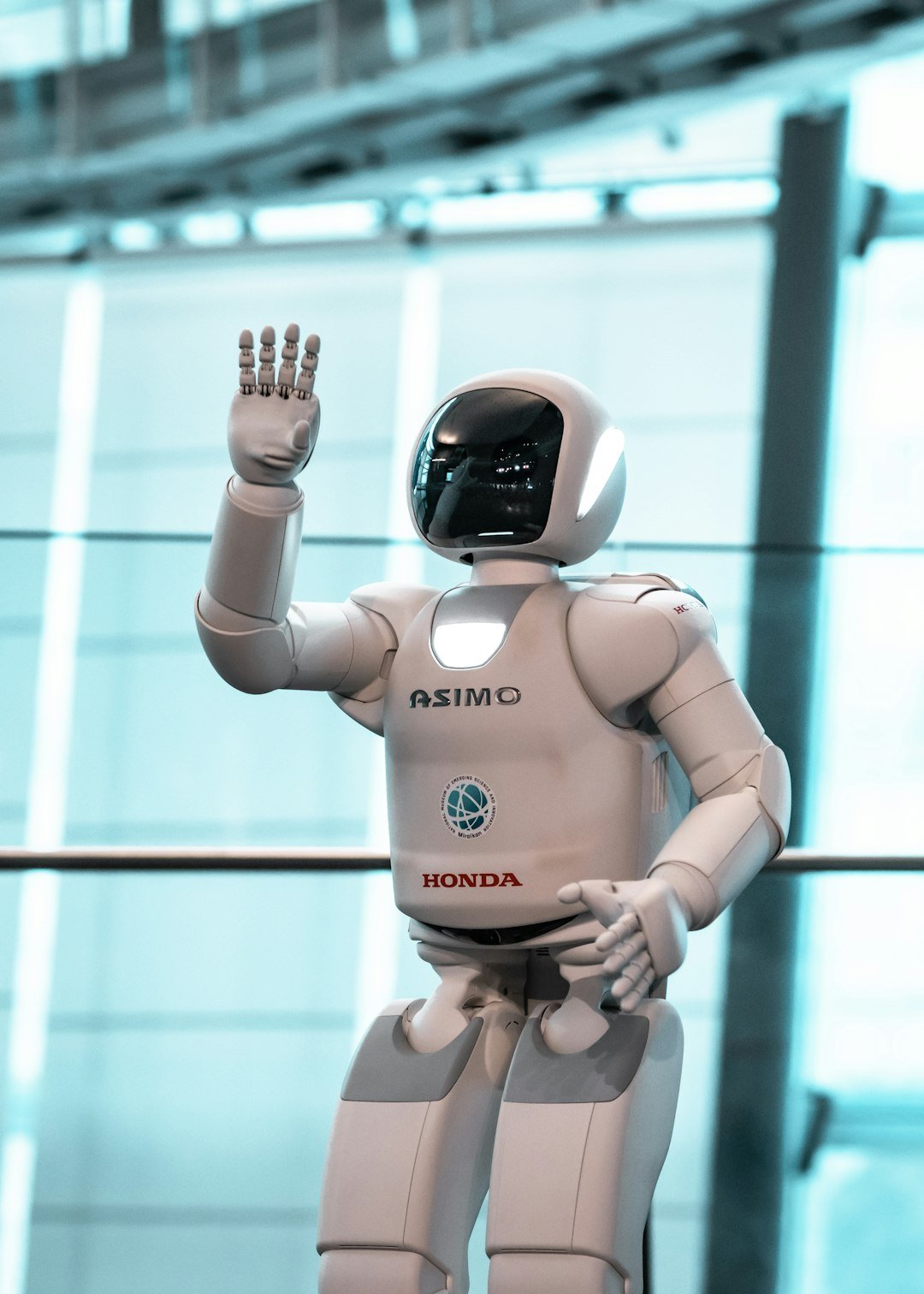
Cultural stories still tug on engineering choices, whether we admit it or not. When a machine resembles a person, users project expectations – patience, empathy, even humor – that the device can’t fulfill reliably. That mismatch can sour user trust faster than a hardware fault. It’s better to design for clarity than to chase an illusion of companionship.
Market forces reward systems that do one job superbly rather than every job passably. We’re already seeing niche excellence: warehouse pickers, surgical assistants, crop monitors, and pipeline inspectors. Each solves a sliver of the work puzzle with fewer surprises and higher return. Focus beats fantasy in the long run.
How to Engage
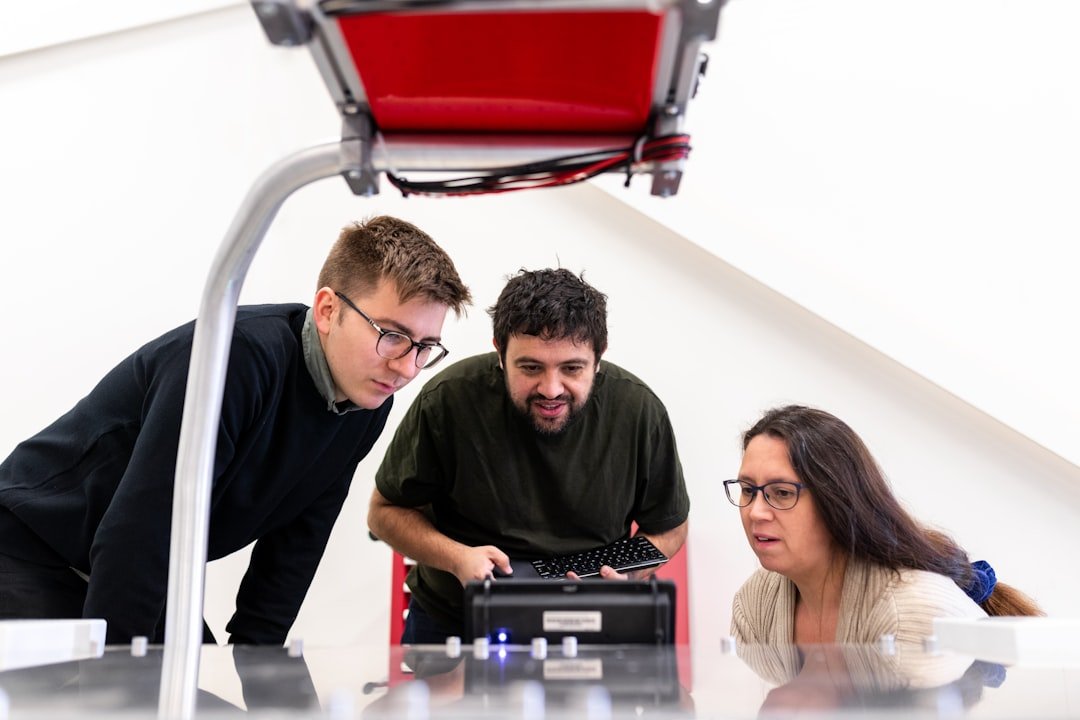
You don’t need a lab coat to shape the future of robotics. Start by noticing how the word robot is used in headlines and meetings – does it describe a task, a tool, or a stand-in for people. Ask vendors and employers concrete questions about safety stops, data handling, and worker input on deployment. Simple questions do more than complicated tech demos.
Community colleges and public libraries increasingly offer hands-on courses that demystify sensors, coding, and ethical design. Support programs that pair technical skills with discussions of labor history and workplace rights. If the root of the word is work, then the root of progress is shared understanding. Curiosity is a lever anyone can pull.
Closing Thoughts
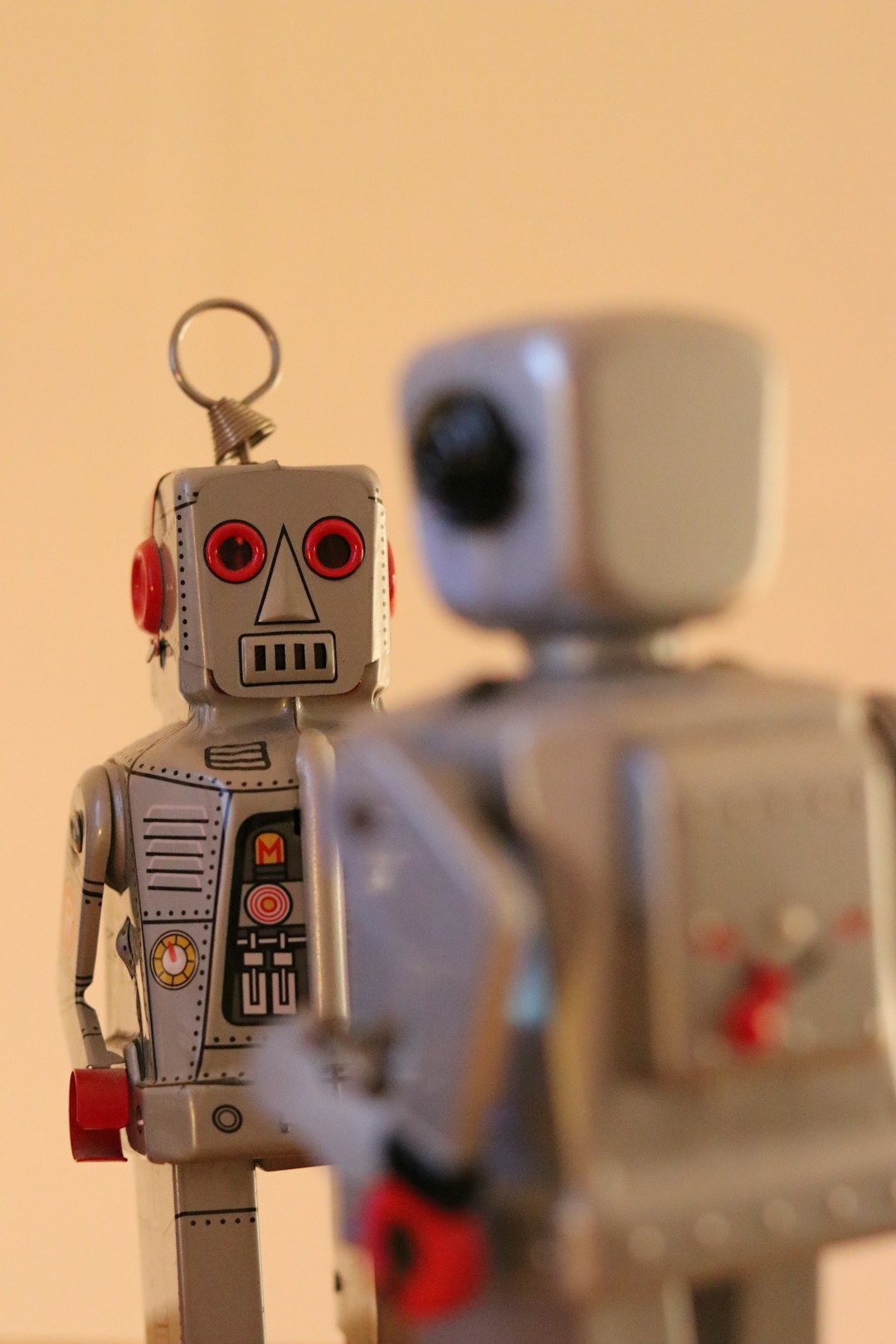
The surprise is that the future’s favorite word comes from yesterday’s hard chores. Once you hear the older meaning beating inside robot, you start seeing the world’s machines a little differently. Not as replacements for people, but as tools that should answer to human goals and humane limits. That’s the promise hidden in a borrowed syllable.
Maybe we’ve been mispronouncing the ethics as much as the vowels. Getting both closer to the original won’t make robots perfect, but it might make our choices wiser. The word carried a warning before it carried a battery. Did you expect that?

Suhail Ahmed is a passionate digital professional and nature enthusiast with over 8 years of experience in content strategy, SEO, web development, and digital operations. Alongside his freelance journey, Suhail actively contributes to nature and wildlife platforms like Discover Wildlife, where he channels his curiosity for the planet into engaging, educational storytelling.
With a strong background in managing digital ecosystems — from ecommerce stores and WordPress websites to social media and automation — Suhail merges technical precision with creative insight. His content reflects a rare balance: SEO-friendly yet deeply human, data-informed yet emotionally resonant.
Driven by a love for discovery and storytelling, Suhail believes in using digital platforms to amplify causes that matter — especially those protecting Earth’s biodiversity and inspiring sustainable living. Whether he’s managing online projects or crafting wildlife content, his goal remains the same: to inform, inspire, and leave a positive digital footprint.




